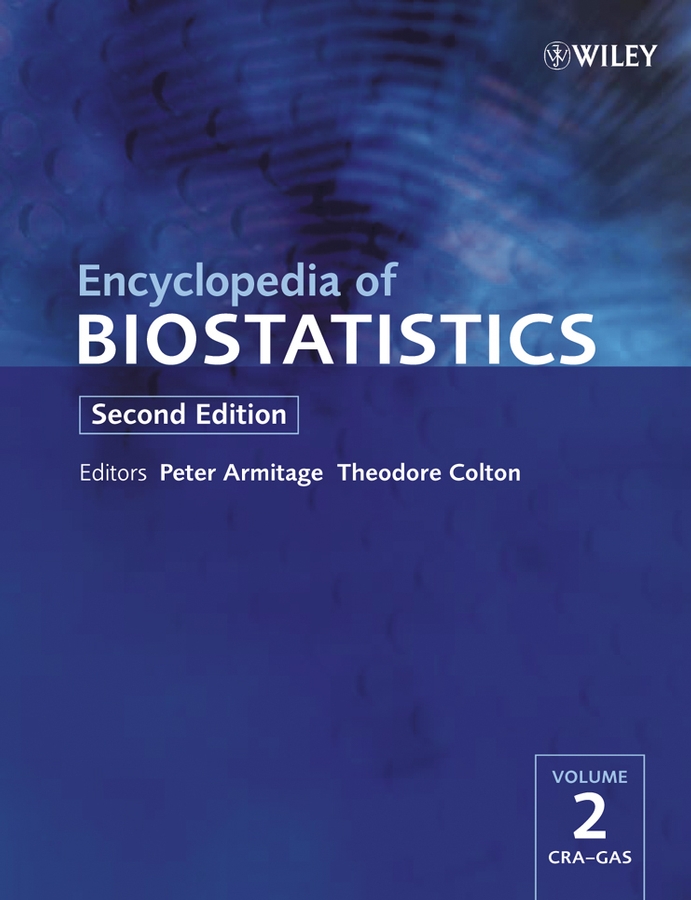Cluster Analysis of Subjects, Nonhierarchical Methods
Abstract
Cluster analysis is concerned with investigating whether or not a given set of data consists of relatively distinct groups of observations. The cluster analysis methods produce a partition of individuals into a particular number of groups and a numerical index is assigned to the partition. This index indicates how successful the partition is in describing the data and therefore allows the comparison of competing partitions.
The numerical indices most commonly used arise from three matrices representing total dispersion, within-group dispersion and between-group dispersion. Several possible indices have been suggested which differ in the implicit assumptions made about the shape of any clusters present. Once the index has been selected, the partition that leads to its optimization is found. It is usually impractical to examine each individual partition, so algorithms designed to search for the optimum value of the clustering criterion have been developed.



